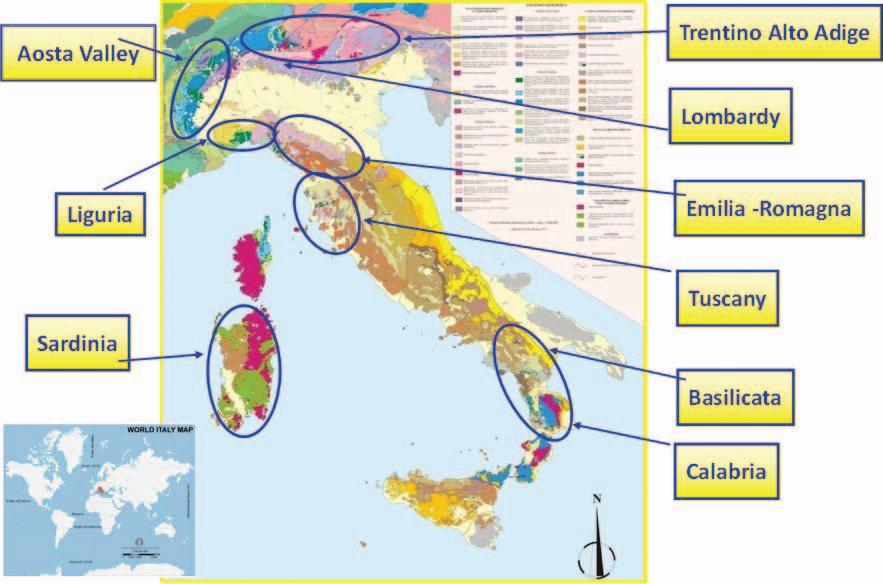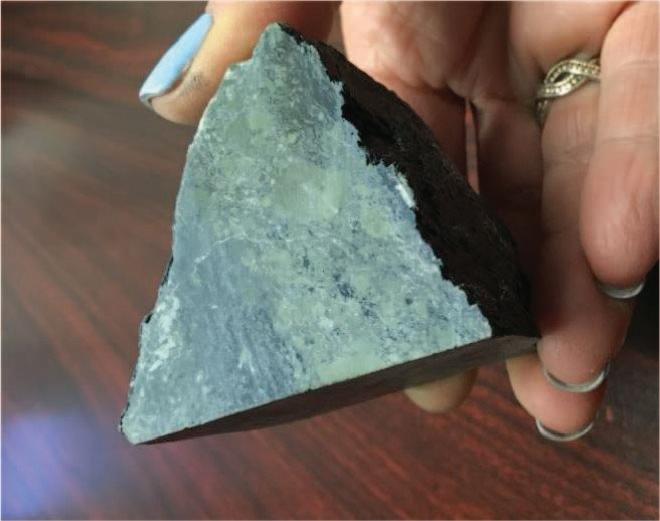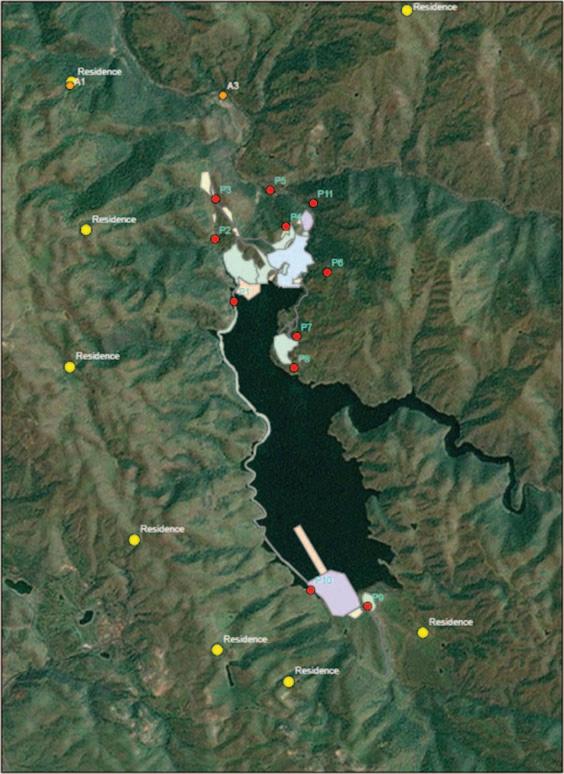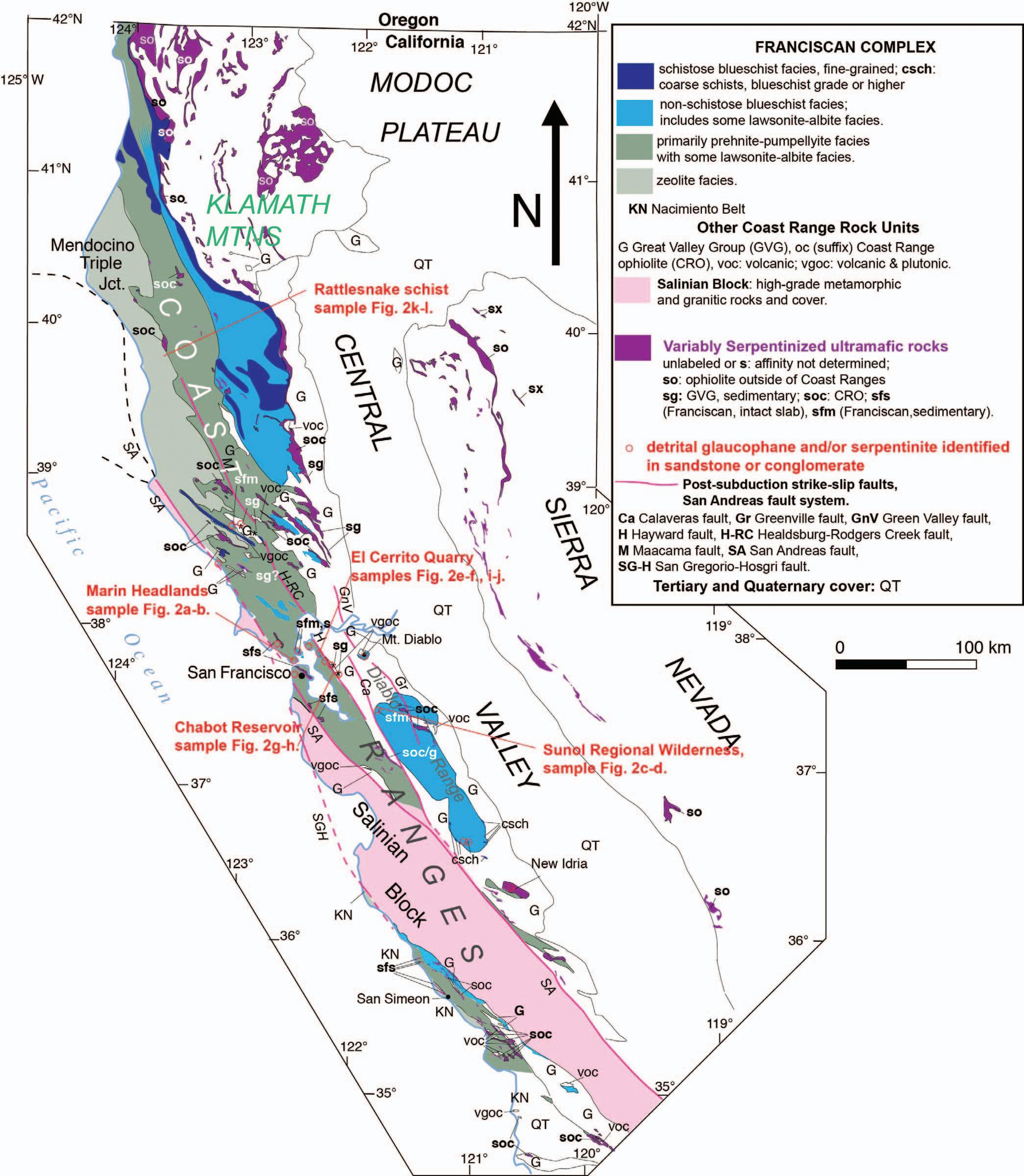Naturally Occurring Asbestos in Valmalenco (Central Alps, Northern Italy): From Quarries and Mines to Stream Sediments ALESSANDRO CAVALLO* Department of Earth and Environmental Sciences, University of Milano-Bicocca, Milano, Italy
JASMINE RITA PETRIGLIERI Department of Chemistry, University of Torino, Torino, Italy
Key Terms: NOA, Asbestos, Serpentinite, Quarries, Soils, Sediments ABSTRACT The Valmalenco area (central Alps, northern Italy) is an excellent case study for naturally occurring asbestos (NOA) because of the huge outcrops of serpentinites and widespread quarrying and mining activities. Extensive sampling of rocks, soils, stream sediments, and airborne asbestos has been in progress since 2004. The combined use of scanning electron microscopy and transmission electron microscopy has proven to be effective for the correct discrimination between asbestiform and non-asbestiform mineralogical varieties (but falling into the World Health Organization fiber definition), whereas phase contrast microscopy has not proven suitable because of the very small size of fibrils after strong mechanical fragmentation. The quantitative analysis of “massive” samples (rocks, soils, and sediments) requires accurate and representative sampling as well as specific counting and discrimination criteria to determine NOA. Over a decade of experience has allowed us to identify critical issues and adopt effective preventive measures. INTRODUCTION The Valmalenco area (central Alps, northern Italy) is characterized by huge outcrops of serpentinites of the Malenco nappe (lower crust–mantle complex) at the Penninic to Austroalpine boundary zone. The Malenco nappe covers an area of about 130 km2 (Figure 1) and consists mainly of ultramafic rocks, especially schistose serpentinites, showing various degrees of deformation and serpentinization, ranging from massive, layered lherzolites to schistose, completely serpentinized rocks. The predominant
*Corresponding author email: alessandro.cavallo@unimib.it
rock type is a schistose serpentinite with nonpseudomorphic texture, and the rock-forming minerals are antigorite, olivine, diopside and minor magnetite, chlorite, and chrysotile (only in veins). The area is characterized by four main metamorphic events, and minerals such as antigorite, olivine, clinopyroxene, amphibole, and carbonates occur in several generations (Münterer & Hermann, 1996). Field data demonstrate that the Malenco ultramafics formed the lithospheric subcontinental mantle below the Margna basement during pre-Alpine, postVariscan times (Münterer et al., 2000). Many different mining and quarrying activities have been active in the past or still are being undertaken (Figure 1). Long-fiber chrysotile asbestos, which occurs in discrete cross-fiber and slip-fiber veins (Figure 2), gave rise to widespread asbestos mining, particularly between the end of the 19th century and 1975, and was used mainly for weaving tablecloths or for candle wicks. A big boost to mining activity occurred during World War II and immediately thereafter, with annual production up to 670 tons and more than 400 workers employed, until mining operations ended completely in 1975, leaving huge amounts of mining waste and tailings. The serpentinite is a well-known ornamental and building stone, a green “marble,” extracted at least since the 11th century, exported to Switzerland before the 18th century, and abundantly used in Sondrio and Valtellina since the 14th century. Today the Malenco serpentinite is appreciated and exported all over the world for its excellent chromatic and technical features. There are more than 20 quarrying enterprises in the Malenco valley, processing approximately 195 kt/yr of serpentinite, with more than 150 workers involved. The quarried serpentinites show various textures (schistose to massive) and color shades. The schistose variety is prevalently split in thin slabs for roof covering, whereas the “massive” serpentinite is processed in many ways: dressed, polished, bush hammered, and sandblasted. A
Environmental & Engineering Geoscience, Vol. XXVI, No. 1, February 2020, pp. 47–52
47





















